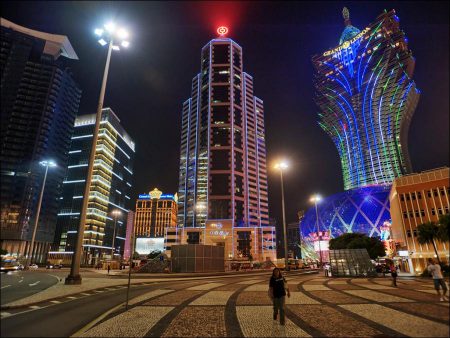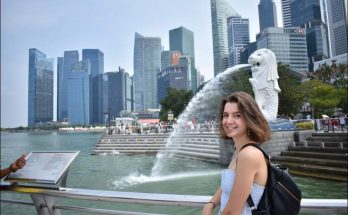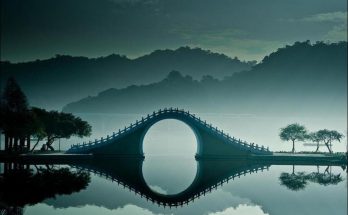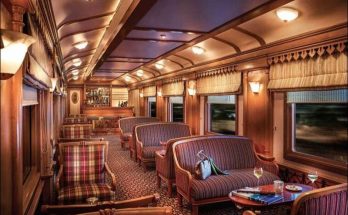What brought faraway Portugal to this unlikely spot? Over a bottle of Dao (excellent Portuguese wine, six dollars a bottle), I put this question to an old and famous friend, Monsignor Manuel Teixeira, the white-robed historian of the Jesuit order’s heroic bid to convert China and Japan to Christianity. “A Fe, o Imperio,” Father Teixeira replied, quoting the opening of Portugal’s national epic poem of discovery, Os Lusiadas. “For faith and empire,” he translated. “You’ll notice that our poet has put the faith first. He shared our priorities.”
Luis de Camoes (pronounced KaMOYNSH), a writer whose exploits make Hemingway and Mailer sound like the Bronte sisters, took a personal part in Portugal’s great adventure. Jilted by a highborn Lisbon lady, then having lost an eye in battle against the Saracens, the poet wounded a court official in a brawl and was banished to Goa, in India, and advised not to hurry back. In 1556, he landed the job of Trustee for the Dead and Absent in Macau, where only two years earlier Portugal had been allowed to set up a temporary trading post on an outlying Chinese island.
Some money left by the dead, which had mysteriously disappeared, led to De Camoes being sent back to Goa in chains. Shipwrecked on the coast of Vietnam, he waded ashore with his manuscript held high above his head. When he finally made it back to Lisbon, he published his epic and was eventually buried beside his hero, Admiral Vasco da Gama. (Both are remembered by bronze statues in tranquil gardens in Macau. Personally, I prefer the whiskery one-eyed poet’s.)
What a story he had for his rhyme! Only six years after Columbus sailed the ocean blue, hoping-but failing-to find the sea route to India, the Portuguese, led by Da Gama, got there via the Cape of Good Hope. By 1503 Da Gama was back in Lisbon with thirteen galleons loaded with fabulous Eastern merchandise, rather like Neil Armstrong and Buzz Aldrin returning from the moon with a party of bug-eyed monsters and enough gold to pay off the national debt. King Manuel I gave the order to push on east, and fast. In 1510, Afonso de Albuquerque was named to succeed the Viceroy of India (where, in fact, the Portuguese had haggled in a few bazaars), and the following year he captured Malacea, near the modern Singapore.
Bristling with bronze cannons, a chain of brave little forts secured lines of communication all the way back to distant Portugal (we Sayles named our daughter Malindi after one of them still standing guard on the Kenya east). In 1513, Captain Jorge Alvares was the first European to sail into the Pearl River, the sea approach to Guangzhou (formerly Canton), already one of the East’s great trading cities. By 1543 the Portuguese were in Japan, where they found the people courteous and eager to buy not port wine, olive oil, Catholic holy pictures, and salted codfish (then as now tiny Portugal’s fastest-moving exports), but, rather, the very same costly Chinese silk and ceramics that all of Europe lusted after. Relations between Japan and China were, as usual, cool, and Chinese products were unobtainable by direct trade.
Visits: 150



